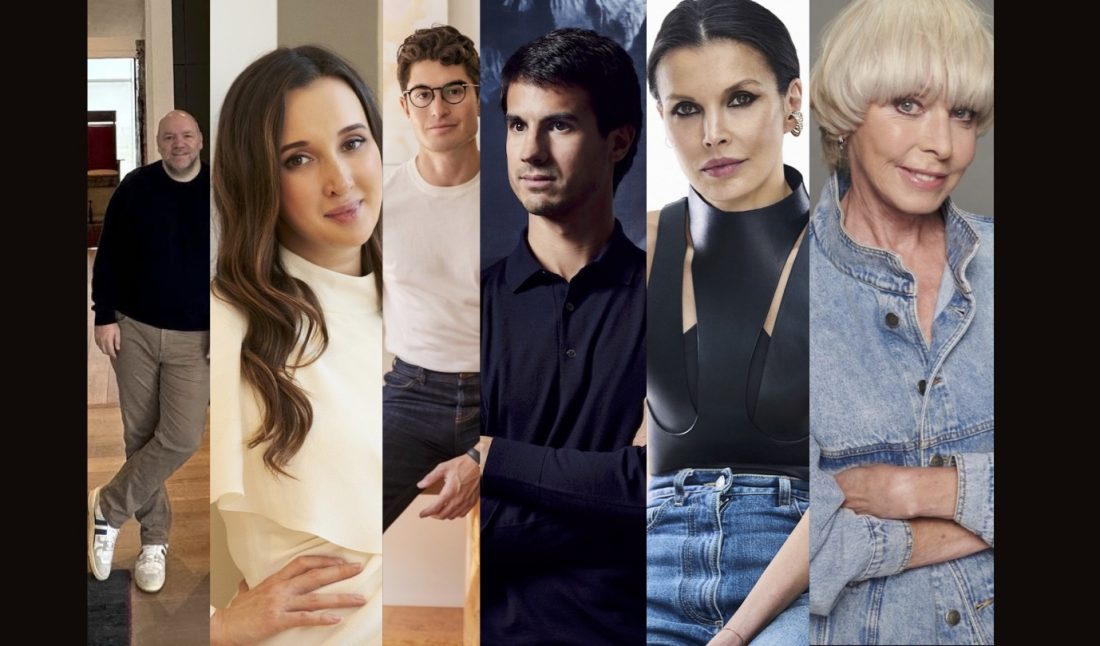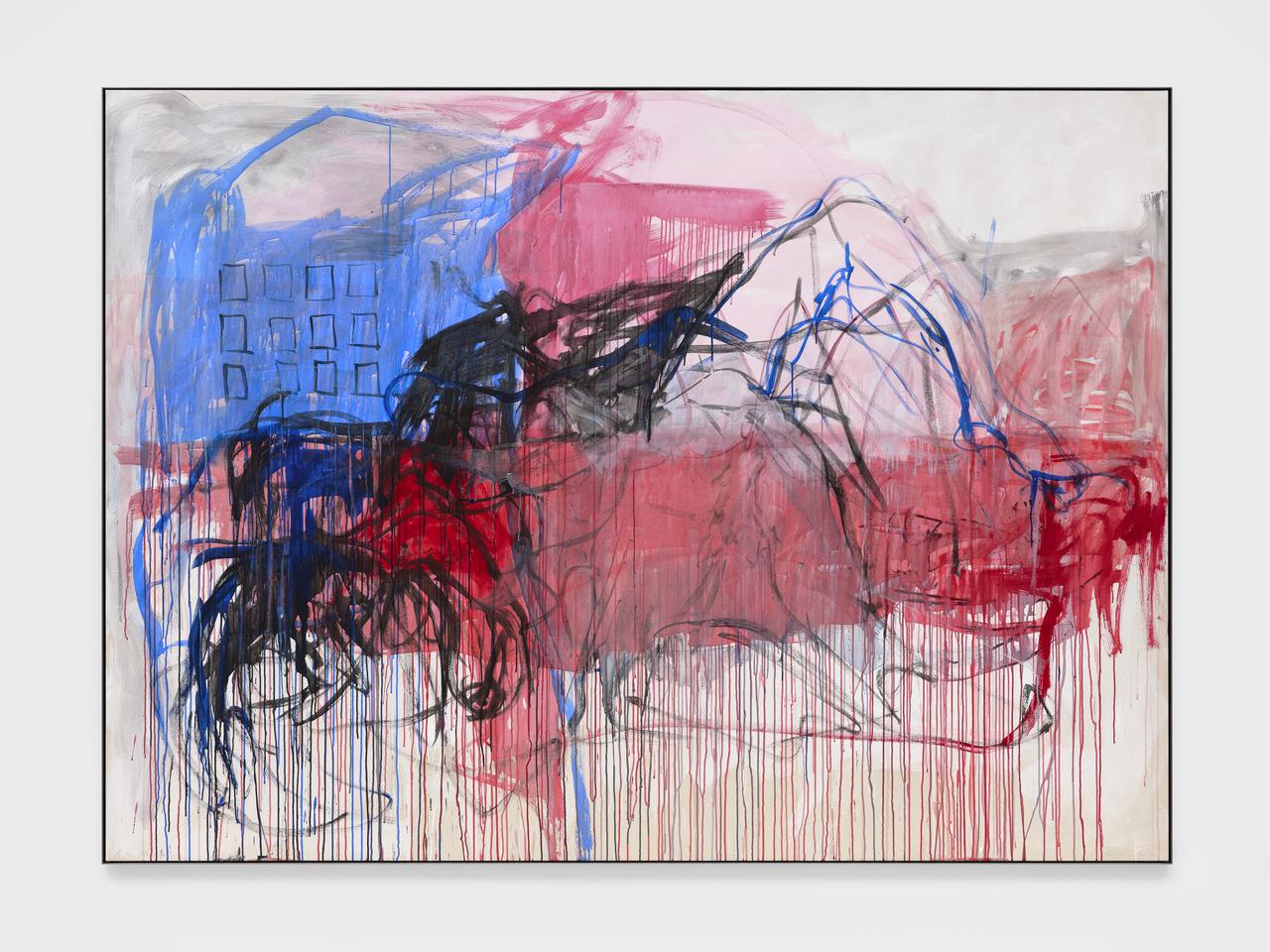On the spirited heels of Frieze London and Frieze Masters, and in the midst of riveting exhibition openings throughout the city this fall, we’re casting a spotlight on 6 collectors in the know, from Ralph Segreti, CEO of MIRA, to Helene Nguyen-Ban, CEO of Docent, to Grazyna Kulczyk, Founder of Muzeum Susch.
Ralph Segreti
CEO of MIRA
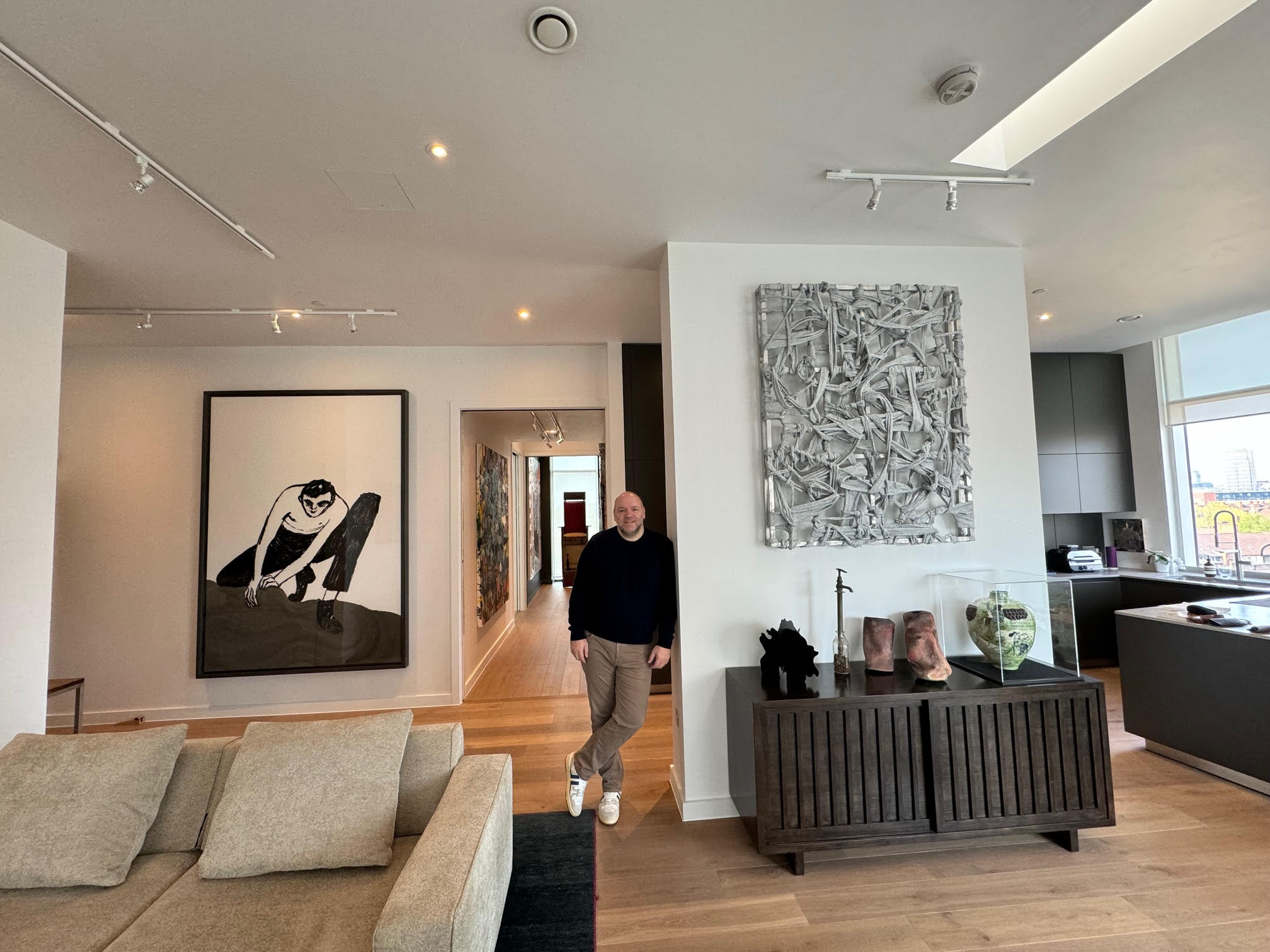 Portrait of Ralph Segreti.
Portrait of Ralph Segreti.
With nearly 30 years of experience in financial markets, Ralph Segreti’s shift into the art technology start-up sector was a seamless one. As CEO of MIRA, Segreti leads the scanning, analyzing, and locking in of fine art and collectibles. Segreti also holds esteemed positions as Trustee and Executive Committee Member of the Brooklyn-based non-profit studio Dieu Donne, which focuses on hand-pulped paper-making for the art industry. In addition, Segreti is a visionary member of the Camden Art Centre Emerging Artist Prize Committee at Frieze London, as well as a member of Tate’s North American Acquisitions Committee. His personal art collection concentrates on abstract and conceptual art created specifically by emerging and mid-career American creatives, and has a passion for pieces embracing themes of social justice.
WHITEWALL: Can you share a recent acquisition you’re excited about?
RALPH SEGRETI: I recently did a studio visit with Mika Rottenberg and ended up buying two lamps that she created. Mika sources plastic debris from housing projects in NYC, laundry detergent bottles and bottle caps for example, and in her studio transforms this toxic waste into sculptural objects that she calls “eco rococo.” I have been looking at Mika’s lamps for a while, and they are quite special works.
WW: What is your advice for aspiring collectors, just getting started?
RS: I always say the same thing to new collectors, get out there, look at the art being created today and do not be afraid to talk to people. New collectors need to connect to the work that speaks to them. We all make mistakes when we first start collecting, and that is fine, but the best thing you can do is invest the time to get a sense of what appeals to you, and then learn which artists are making (or have made, in the case of historic works) the best art in that particular genre. There is an expansive art community, draw on that resource when you start collecting.
“There is an expansive art community, draw on that resource when you start collecting,”
—Ralph Segreti
Maria Baibakova
Cultural Strategist; Founder of Baibakov Art Projects (BAP)
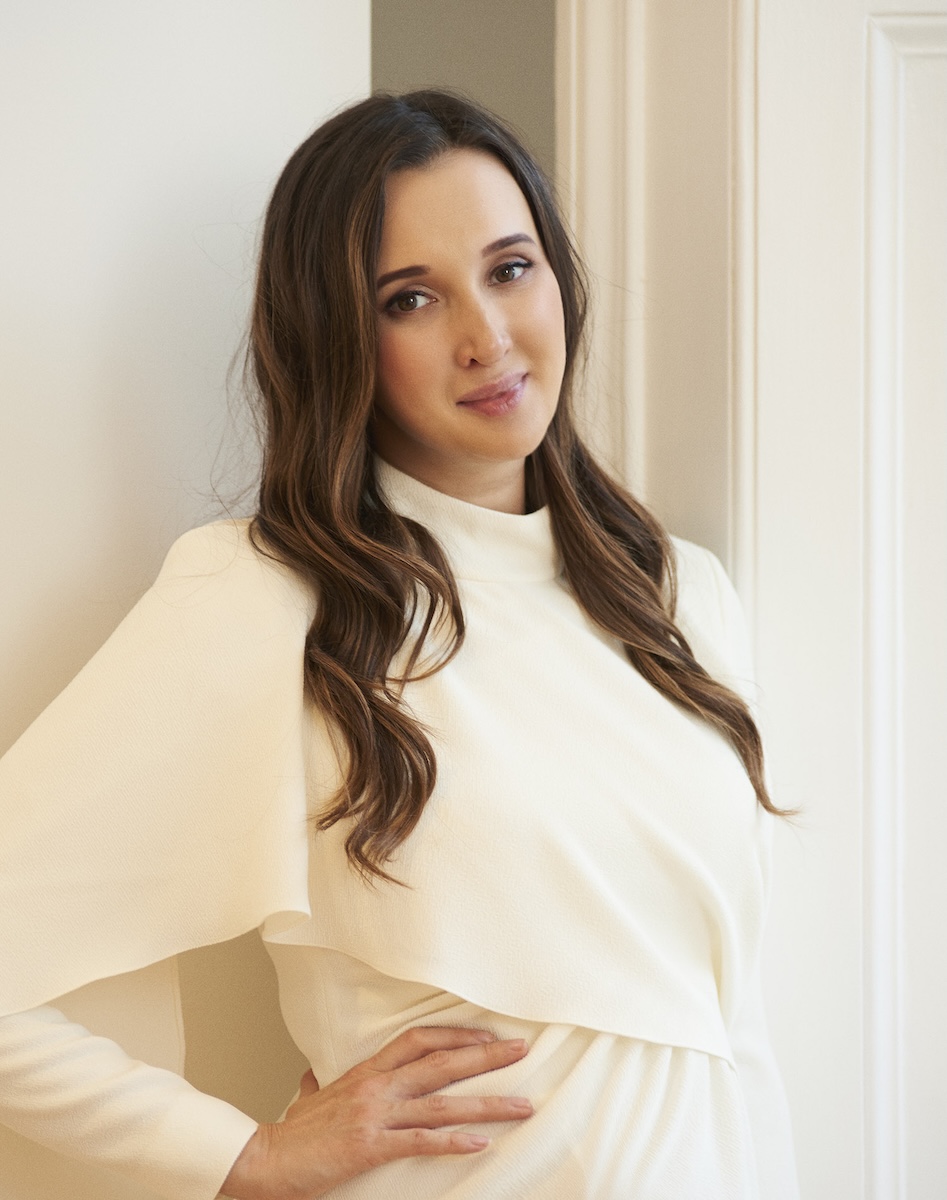 Portrait of Maria Baibakova.
Portrait of Maria Baibakova.
Cultural Strategist Maria Baibakova holds a BA from Barnard College, an MA from The Courtauld Institute of Art, and an MBA from Harvard Business School. The trailblazing founder of exhibition platform Baibakov Art Projects (BAP), she has evolved the dynamic endeavor into a multi-vertical company focused on strategic advisory, curatorial projects, philanthropic initiatives, and editorial enterprises in the global arts landscape. Fiercely advocating for women in creative spaces, the visionary is both founder of the New Museum’s Artemis Council, as well as the UN Women UK’s Special Adviser for Arts and Philanthropy. Having held numerous leadership positions in the art and tech industries, Baibakova has been noted by Art+Auction, ARTINFO, and Artnet as one of the principal figures of the art industry.
WW: Can you share a recent acquisition you’re excited about?
MARIA BAIBAKOVA: I recently acquired a beautiful painting by Marina Perez Simao. I am a big fan of Marina and am fortunate enough to own multiple works by the artist. A few years ago, Marina graciously agreed to do a tapestry edition for my philanthropic project “The Art of Empowerment” that I started in support of UN Women UK. Marina is a painter, and it was very interesting to translate her gestural brush strokes and color palette into tapestry. Even though I got to know Marina through this project and had good relationships with her galleries, it still took a while for me to be able to acquire her painting as I had to work my way up a wait list. Although that was frustrating, the work was well worth the wait!
WW: What is your advice for aspiring collectors, just getting started?
MB: The greatest collections are always somewhat autobiographical. Collect art that resonates with your sense of self and reflects your priorities. There is a lot of great art in the world waiting to be collected—articulating narratives that resonate with you will make it easier to say “no” to certain acquisition opportunities, or to eagerly chase others. Find a small to medium sized art institution you admire and get involved philanthropically—you will be doing good and could learn from personal interactions with curators and other fellow collectors in return.
Laurence Milstein
Co-Founder of PRZM; Board Member of the Parrish Art Museum, Water Mill, NY
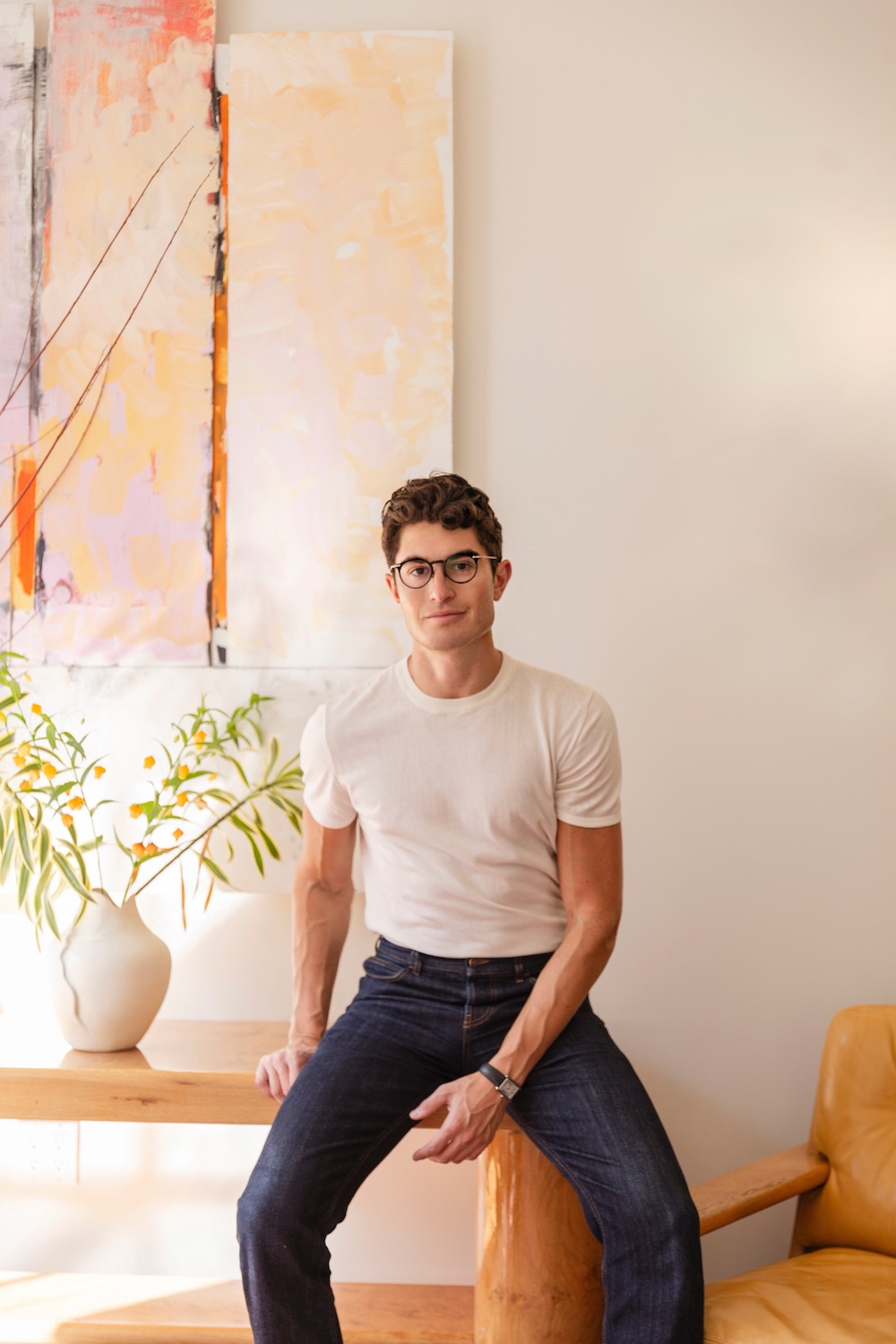 Portrait of Laurence Milstein.
Portrait of Laurence Milstein.
The pioneering Laurence Milstein is co-founder of PRZM, an award-winning creative communications agency, as well as a revered board member of the Parrish Art Museum in Water Mill, NY.
WW: Can you share a recent acquisition you’re excited about?
LAURENCE MILSTEIN: I’m excited about a recent work titled “Meatrack 3” by Doron Langberg, a gay Jewish artist and the son of a Holocaust survivor. On the surface, it appears to be a purely scenic exploration—with the rough brushstrokes of grass abstracted into a landscape of green. However, like the queer experience more broadly, there’s a hidden subtext in the title reference—passing as a thing of beauty to one audience, but offering a knowing wink to another.
WW: What is your advice for aspiring collectors, just getting started?
LM: Coming to the table with a defined collecting focus, area of passion, or personal thesis—it signals a seriousness of purpose to galleries and artists looking to place works and helps you build a cohesive through line in the long-term.
John Dodelande
Co-Founder of LITO Editions
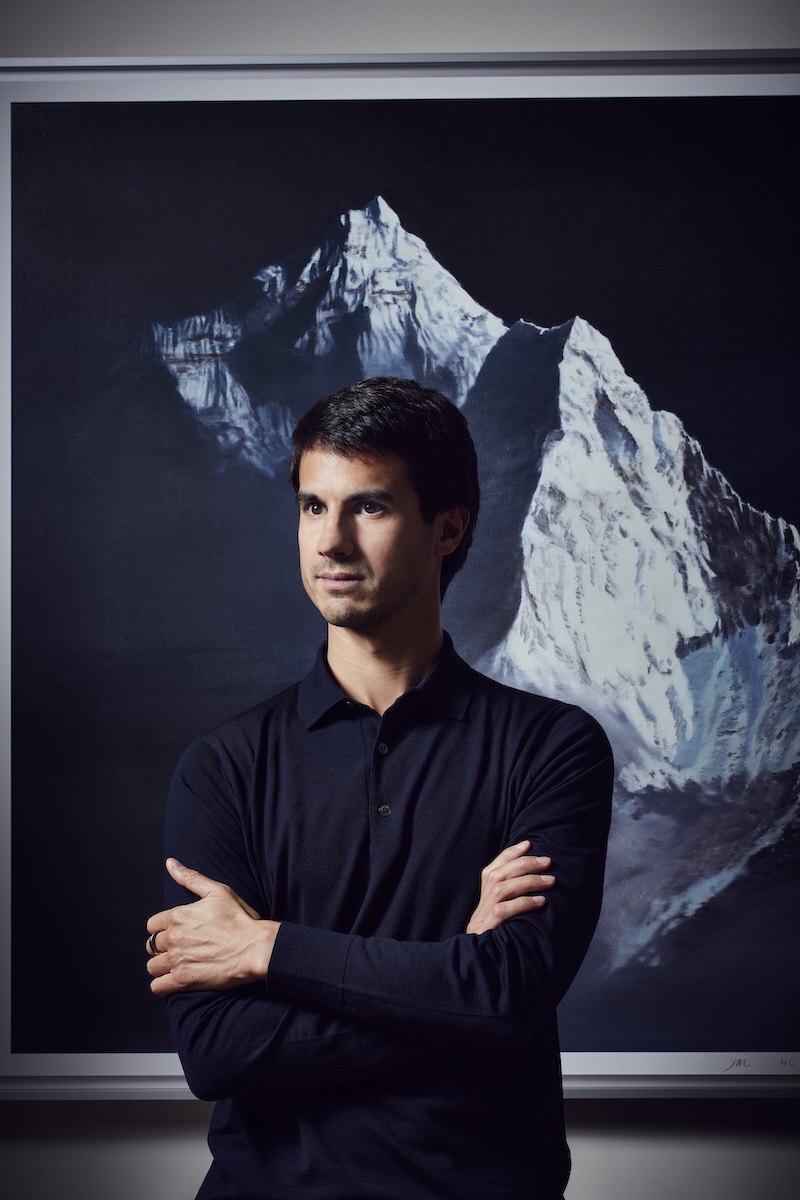 Portrait of John Dodelande.
Portrait of John Dodelande.
In addition to being the innovative co-founder of LITO Editions, John Dodelande is also a leading-edge entrepreneur as well as an admired collector in the realm of Chinese art. In 2021 Dodelande partnered with the illustrious Adrian Cheng, founder of Hong Kong’s K11 Art Foundation, on the vital publication “Chinese Art: The Impossible Collection.” In 2022 the visionary co-founded LITO, a printmaking company and art publisher that commissions contemporary artists to ideate original artworks which are in turn made into limited edition treasures. The art and technology leader has collaborated with luminaries such as Douglas Gordon, Erwin Wurm, Wang Guangle, Jia Aili, Alexandre Arrechea, Collin Sekajugo, Peter Halley, and Edward Enninful.
WW: Can you share a recent acquisition you’re excited about?
JOHN DODELANDE: I recently acquired works by Hu Xiaoyuan and Qiu Xiaofei, two remarkable contemporary Chinese artists. Their presence in the current Pompidou exhibition, “Chine – A New Generation,” truly caught my attention. Both artists have a unique ability to evoke deep emotions and profound questions about human existence. Hu Xiaoyuan’s works often explore the passage of time and the impermanence of life, using materials like wood and silk in a meticulous, poetic way. Qiu Xiaofei, on the other hand, focuses on memory, history, and the subconscious, with a bold, painterly approach. What makes this acquisition even more special is that they are a couple in real life, adding an intimate layer to their artistic synergy. Their works resonate not only individually but also in how they interact with each other’s themes and emotions.
WW: What is your advice for aspiring collectors, just getting started?
JD: Be prepared for an emotional rollercoaster—it’s part of the beauty of collecting art. My advice is to be humble and always ready to learn. Trust your gut feeling, but also take the time to immerse yourself in the world of art. Don’t just look at the work, try to feel the emotion and intent behind it. When you stand before a piece, whether it’s from an emerging talent or an established master, ask yourself if it moves you. If it does, that’s your sign to collect in it. Keep an open mind and let the experience of art teach you.
“Be prepared for an emotional rollercoaster—it’s part of the beauty of collecting art,”
—John Dodelande
Helene Nguyen-Ban
CEO of Docent
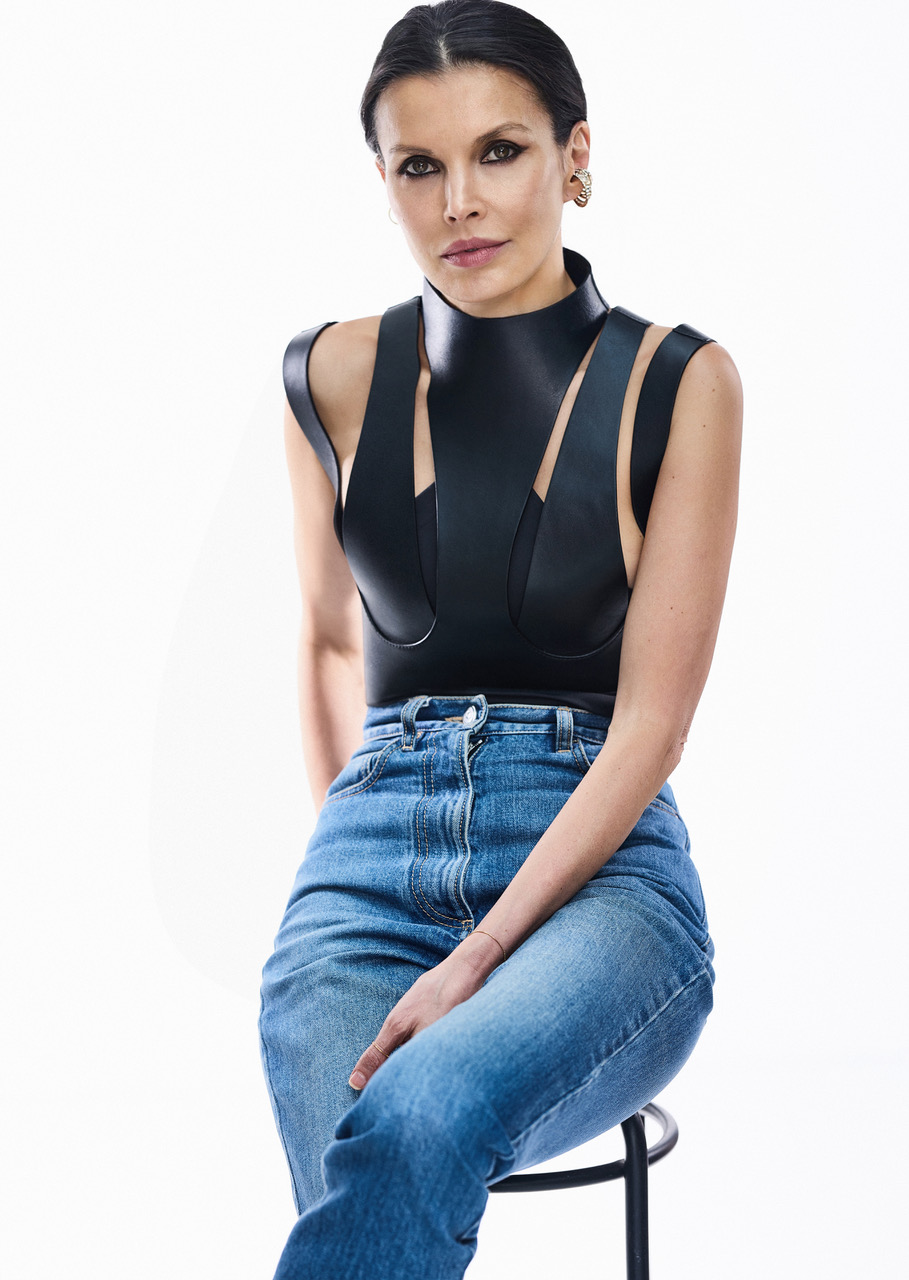 Portrait of Helene Nguyen-Ban.
Portrait of Helene Nguyen-Ban.
Helene Nguyen-Ban’s radiant path began as an ardent collector, organically leading her to the position of eminent gallerist and eventually as the cutting-edge founder of start-up Docent. Centering her practice in meticulous research, with a strong penchant for creativity, Nguyen-Ban serves as Chair of the Board of Fluxus Art Projects and is on the International Council of Tate, the Asia-Pacific Committee at Centre Pompidou, Palais de Tokyo, and the AWARE, in addition to being an honored member of the Fluxus Prize Jury at Frieze London and Art Basel Paris.
WW: Can you share a recent acquisition you’re excited about?
HELENE NGUYEN-BAN: My latest acquisition is a piece by Henry Curchod, a London-based artist whose work captivated me with a particular poetic mystery. His practice draws inspiration from diverse influences such as Persian miniature paintings and explores complex ideas like escape, transformation, and the ambiguous nature of reality.
Beyond my admiration for his unique perspective, it’s essential for me to support artists within the communities I inhabit. Living between Paris and London, my collection naturally embodies the atmospheres of these two very different cities, both expressing a particular engagement with their historical narratives. These are stories that artists continuously redefine, reshaping their role in the contemporary art scene.
Now that I spend more time in London, I love to engage with the vibrant local art scene. I visit artists’ studios based in London, meet them, and support local institutions like Tate, Goldsmiths, or Gasworks, which contribute significantly to creating a dynamic scene.
I feel incredibly fortunate to live surrounded by works from some of the most talented artists who have flourished in London, including Jenny Saville, Oscar Murillo, Issy Wood, Kudzanai-Violet Hwami, Lynette Yiadom-Boakye, Alvaro Barrington, Sin Wai-Kin. These artists not only capture the vibrancy of the contemporary art scene but also challenge the boundaries of their medium and narratives, each contributing distinctively to the cultural tapestry of London. Their work inspires me daily, reflecting the local and global stories that resonate through my collection.
WW: What is your advice for aspiring collectors just getting started?
HNB: Download Docent! Having spent two decades immersed in the contemporary art world from both a collector’s and gallerist’s perspective, I’ve experienced its intricacies firsthand—its challenges but also its immense potential for growth and transformation.
One of the most significant challenges for new collectors is navigating a market that can feel opaque and exclusive, with high barriers to entry and limited digital innovation. Often, people follow trends without taking the time to discover what truly resonates with them, which can hinder the emergence of extraordinary new talents.
This challenge inspired me to launch Docent, the first AI-powered mobile application to offer a fully personalized experience for discovering and collecting contemporary art. Whether you’re just beginning or have been collecting for years, Docent helps you confidently navigate this world by connecting you with artworks that speak to your tastes. Our platform aims to make art collecting not just accessible but an inspiring and meaningful journey for a broader audience.
We believe in the transformative power of art to educate, inspire, and spark creativity across all sectors. Artists offer us a unique lens through which to see the world—a ‘dialect of the soul’ that transcends cultural and linguistic boundaries. Our mission at Docent is to foster a more inclusive and vibrant art market by supporting both established and emerging collectors, empowering artists, and generating new revenue for galleries. By bridging the digital and physical realms, we hope to create a virtuous cycle that enriches the art community and inspires future generations of artists and collectors.
Grazyna Kulczyk
Founder of Muzeum Susch
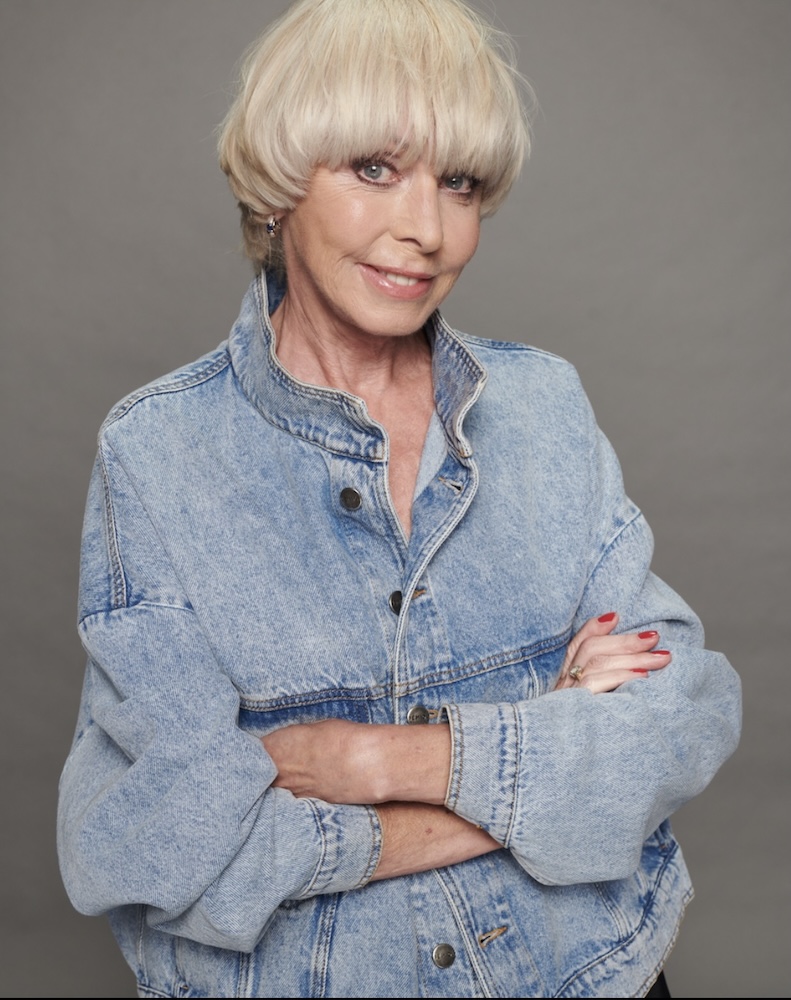 Portrait of Grazyna Kulcyk by Adam Plucinski.
Portrait of Grazyna Kulcyk by Adam Plucinski.
In addition to her prestigious work as an attorney, investor, philanthropist, and art collector, Grazyna Kulczyk is also the breakthrough founder of Muzeum Susch. The visionary heroine received the Knight’s Cross of the Order of Polonia Restituta in 2015, deeply honoring her vibrant and critical contributions to Polish art and culture. Educated in law at Poland’s Adam Mickiewicz University, Kulczyk is also an enthusiastic supporter of contemporary artists, and champions the entrepreneurial endeavors of women. She is a longstanding board member of the Modern Women’s Fund Committee of the Museum of Modern Art, New York, as well as of the Museum of Modern Art, Warsaw. Kulczyk founded the stunning Muzeum Susch in 2019, embracing Polish avant-garde and contemporary creatives including Piotr Uklański, Mirosław Bałka, Zofia Kulik, Paulina Olowska, and Joanna Rajkowska.
WHITEWALL: Can you share a recent acquisition you’re excited about?
GRAZYNA KULCZYK: I typically focus on acquiring works by historical, under-recognized women artists, it’s no surprise that I mention Monica Sjöö— a pioneering feminist artist who challenged patriarchal norms by celebrating the power and spirituality of the feminine, blending art and activism to explore themes of motherhood, nature, and the goddess tradition. She represents another essential piece in the matrilineal puzzle of my collection.
The other artwork is by Leyla Faye, a talented and superbly-educated contemporary artist from New York, whose intriguing observation and meticulous attention to detail I value a lot. Your readers might find it intriguing to ponder the connection between these two artists, separated by a few generations.
WW: What is your advice for aspiring collectors, just getting started?
GK: Collecting art inherently involves the stewardship of cultural heritage and with that comes a certain responsibility towards humanity’s artistic legacy. My advice to aspiring collectors is simple: do your research. Understand the artist’s journey, the significance of their work, and the broader context in which they operate. Don’t be swayed by trends or the market alone. Building relationships with galleries, curators, and artists will help enrich your understanding.






